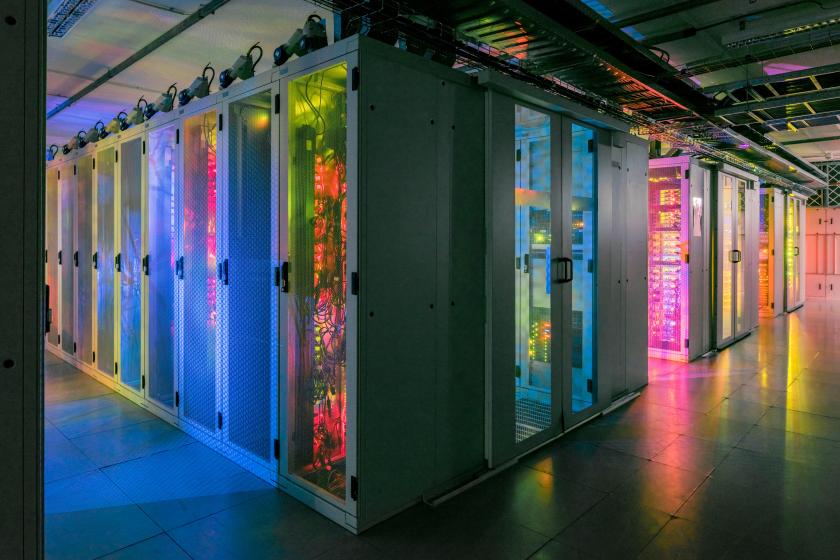Industry Analysts Predict Accelerating Shift to Direct-to-Chip Liquid Cooling for Expanding and New Data CentersIndustry Analysts Predict Accelerating Shift to Direct-to-Chip Liquid Cooling for Expanding and New Data Centers
Liquid cooling in data centers is gaining greater interest because has clear advantages over air cooling, enabling greater server density per rack and higher compute performance.
October 17, 2023

The best industry analysts, by nature, don’t tend toward exaggeration and hype. They do careful research in their fields of expertise and are open about how they reach conclusions on where the markets are headed. That’s why a recent shift in thinking about liquid cooling has grabbed the attention of everyone in the data center industry.
Direct-to-chip liquid cooling is now being forecast as a clear winner by some of the leading voices in the data center physical infrastructure field, marking a rare occasion where analysts agree that one format will be adopted at a greater rate.
Although liquid cooling has been used in specialized areas for more than ten years, it's becoming more mainstream as companies incorporate compute-intensive AI and machine learning workloads. The increased computing power driven by faster, higher-performing CPU and GPU chips generates significantly more heat than air cooling can accommodate.
“There is a change unfolding,” said Lucas Beran, Research Director at Dell’Oro Group. “Air cooling isn’t able to support the thermal management requirements of accelerated servers, with cost, performance, and sustainability in mind. This has led to an upward revision of our liquid cooling forecast, now approaching $2 billion by the outer years of our forecast.”
Technology research firm Omdia has reached the same conclusion, highlighting “unprecedented growth in liquid cooling deployments.” Some thermal equipment vendors reported sales up as much as 20x (not 20%, but 20 times) in the second half of last year, with continued increases of more than 50% in the first half of 2023.
Liquid cooling has clear advantages over air cooling, enabling greater server density per rack and higher compute performance. It also significantly reduces the cost and amount of electricity and water needed. With energy use soaring in data centers—some estimates say data centers account for 3% of all global electricity consumption—companies are looking for more efficient ways to cool servers, chips, racks, and traditional and modular data centers.
So why is liquid cooling only gaining momentum now? Why have data center operators and integrators been slow to adopt the technology at scale? The biggest reason is that until today, there hasn't been an elegant, enterprise-class (or mission-critical cooling) solution that addresses the operators' technology, operational, and business needs. Immersion cooling was initially considered the best approach, but it has proven challenging given the need for significant changes to the data center infrastructure, processes, and service models.
Market research firm IDTechEx predicts that immersion cooling deployments will grow but will likely be limited to pilot projects because of the high costs involved. The more practical option that has emerged is direct-to-chip cooling (sometimes called cold-plate cooling or direct liquid cooling). Direct-to-chip involves a lower upfront cost, giving data center operators a low-stakes option to integrate into their facilities. IDTechEx is also bullish on liquid cooling, especially direct-to-chip, which it projects to grow at a 16% rate over the next ten years. So is Dell’Oro Group’s Beran, who adds in his report, “The mix has also shifted towards more Direct Liquid Cooling (DLC) based on early momentum in ecosystem support.”
Even though the preferred path to liquid cooling is clear, infrastructure changes are historically slow. Meta’s recently announced data center architecture changes roll out through 2027. But it’s encouraging that the industry’s focus is sharpening around the best option so that data center operators can begin to plan and forecast their staged and controlled transition away from air cooling to direct-to-chip liquid cooling systems.
Liz Cruz is the Director of Product Marketing at Accelsius.
Related articles:
About the Author
You May Also Like




